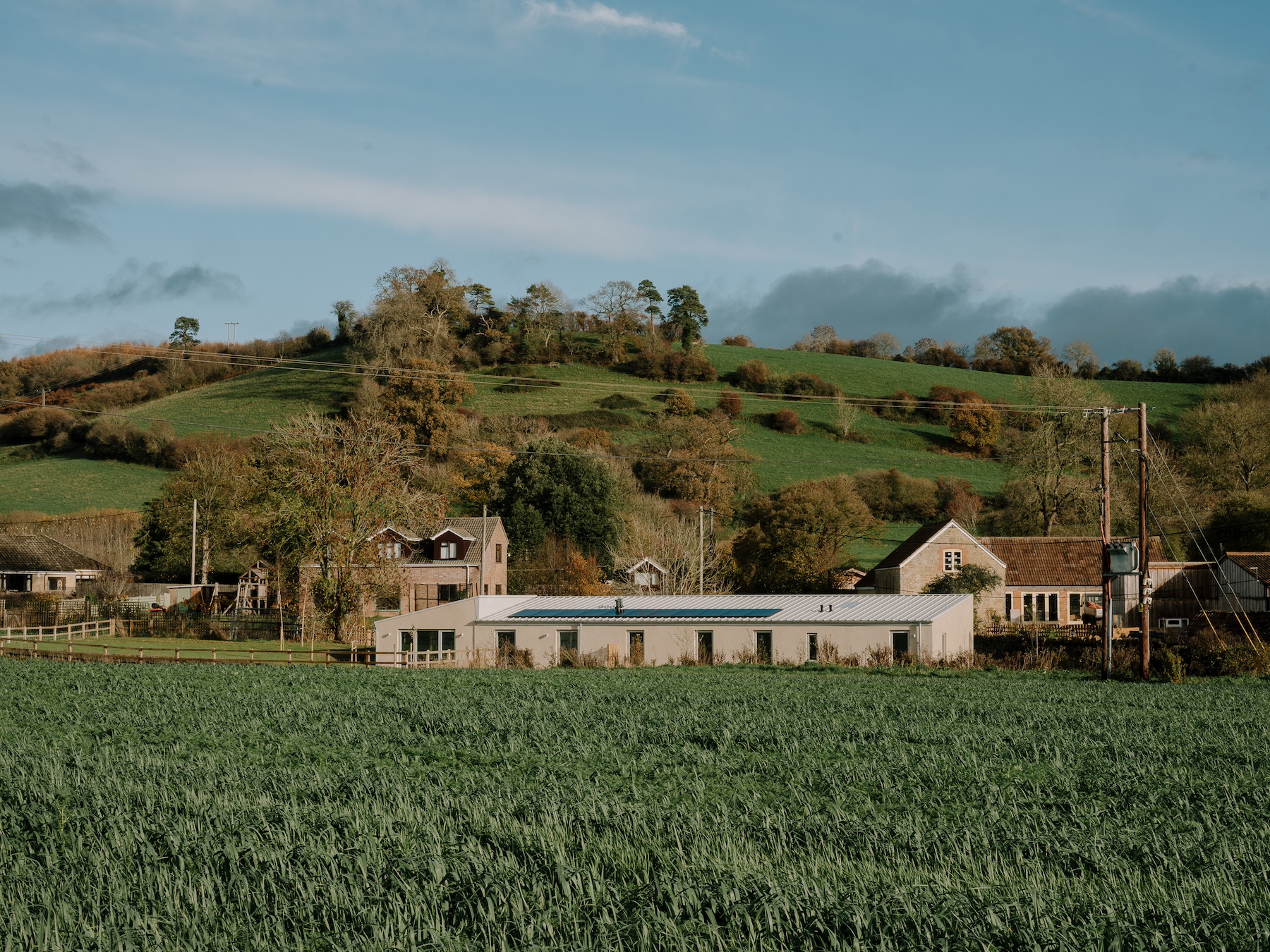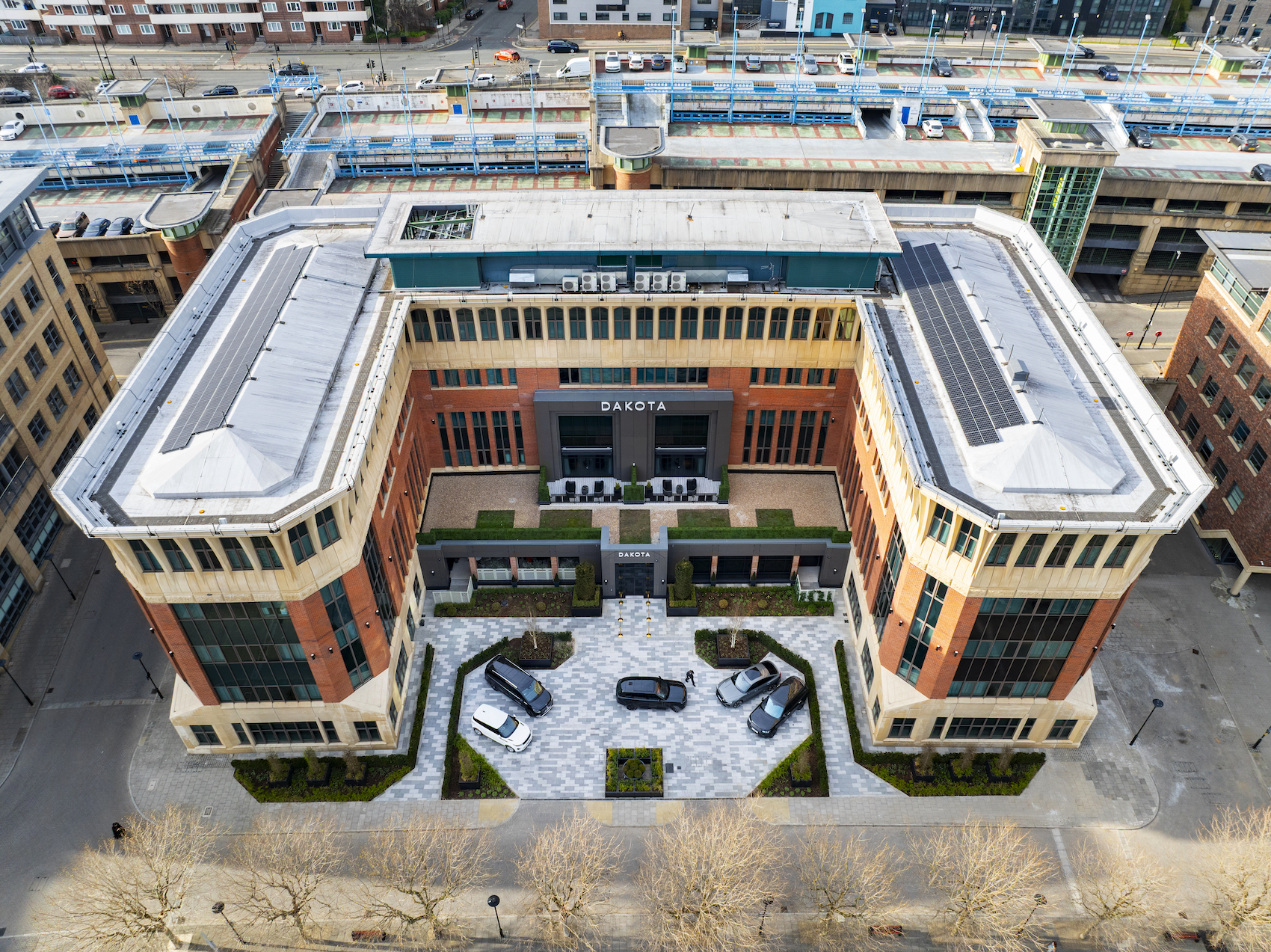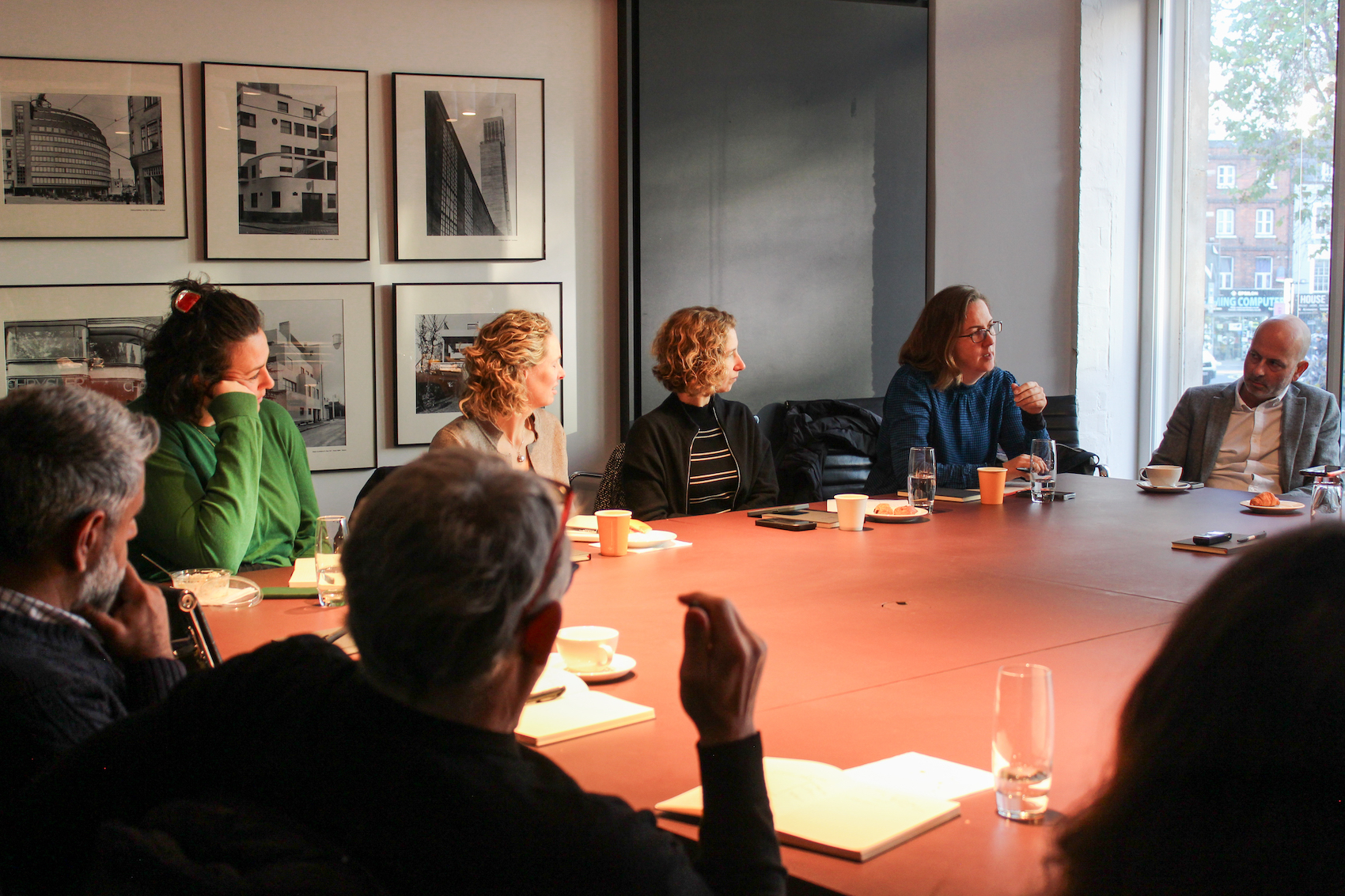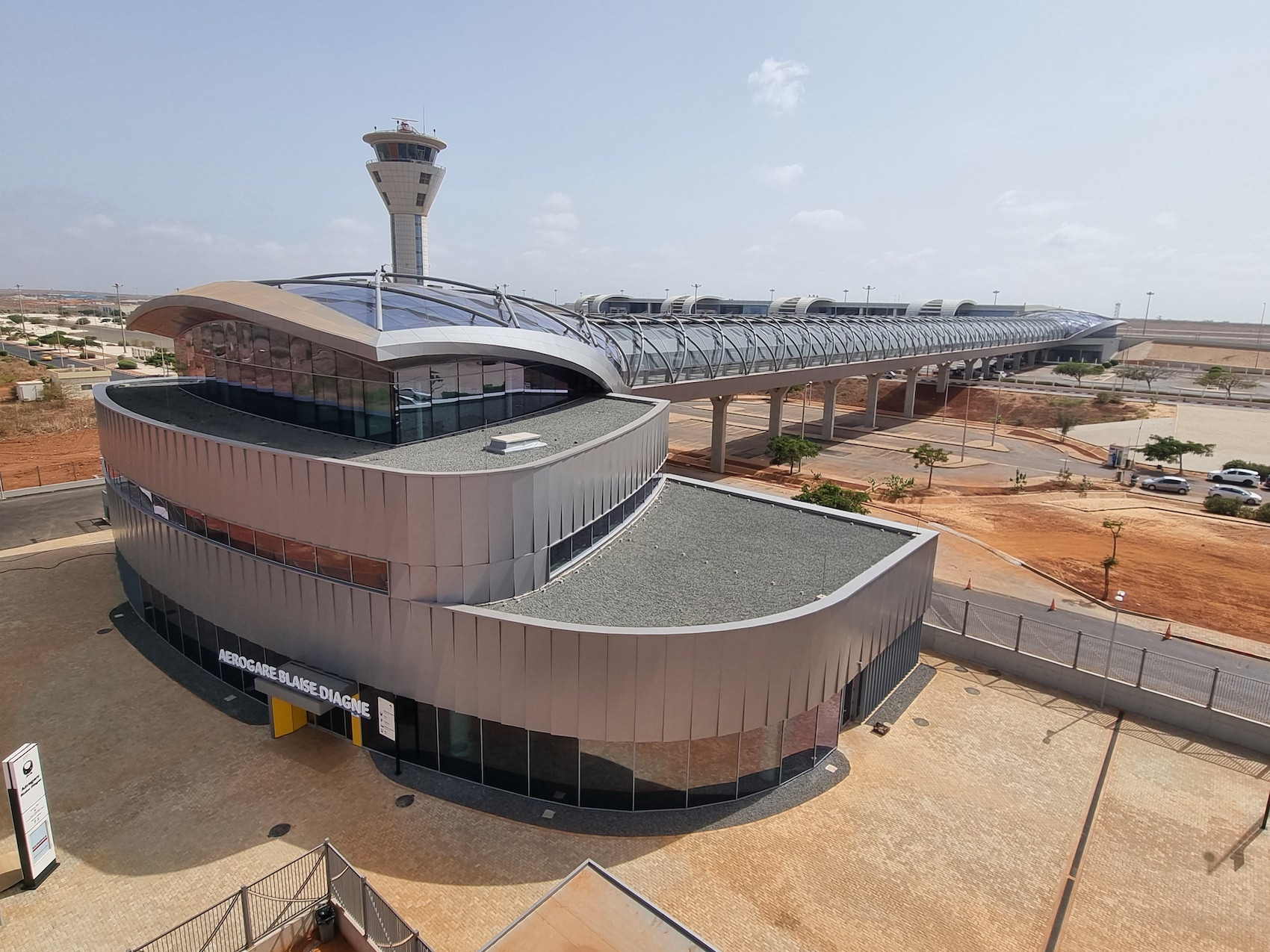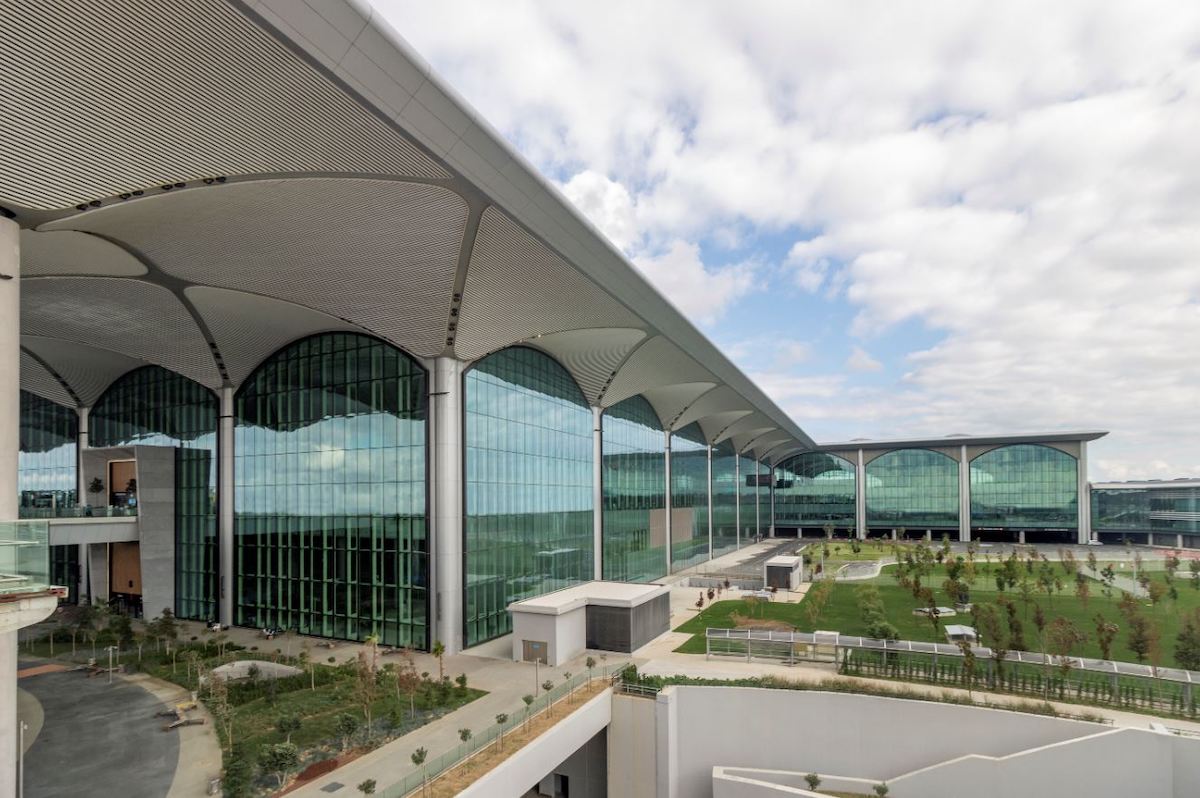An emblem of Milan’s rough lovability, BBPR’s Torre Velasca was inspired by traditional Lombard architecture and contempt for the reductive, repetitive Modernism that was on the march worldwide.
Milan is a town that works hard, plays hard, and never much worries whether it’s endeared itself to anybody. For those of a certain emotional disposition, this quality – the urban equivalent of playing hard-to-get – is precisely its appeal, challenging the visitor to wrestle the city down and demand some sort of blessing from it. Fortunately, Milan has a lot of blessing to give, and it repays any effort severalfold.
The Torre Velasca stands as both an emblem of the city’s rough lovability, and a perfect instance of how its perverse charm actually operates. Completed in 1958, and created by the firm of BBPR, the tower is a striking presence on the city’s skyline: rising from a slender trunk, the mixed-use, office-and-residential high-rise suddenly blossoms into a fat upper volume, covered by a pitched roof, topped in turn by a crenelated service block. It is, by any measure, a confounding mashup – all the more so when one considers the architectural epoch to which it belongs. Debuting two years before Gio Ponti’s ultra-sleek, modernissimo Torre Pirelli on the other side of town, the bulky, concrete- and-stone Velasca was an aberration within an aberration, a stinging critique of the International Style before the latter had truly gone mainstream.
Velasca’s unusual profile pays homage to the overhanging upper-storey constructions of traditional Lombard architecture, visible in countless castelli in and around Milan.
For the most part, it did – though as BBPR’s tower demonstrates, localism was the tendency’s greatest strength. Velasca’s unusual profile is an explicit homage to the overhanging upper-storey constructions of traditional Lombard architecture, visible in countless castelli in and around Milan, with the diagonal concrete members standing in for the typical timber or stone. The bulbous silhouette also reflects a decidedly northern, pragmatic approach to program: in an unusual turn for skyscrapers at the time, this one was intended as multiuse; putting workspaces on the lower floors, and apartments in the flared upper section, the architects were able to provide residents with superior views and more commodious floor plates. If the results appear somewhat ungainly, even monstrous, well, that’s only appropriate given the urban terroir from which it sprang, a place whose embrace of the strange and sensational helped make it the birthplace of Futurism. As Rogers himself put it, Torre Velsaca “is an attempt to summarise the atmosphere of the city of Milan.”
Just how bold and forward-thinking Rogers and company really were has only lately become evident. Visitors to the annual Salone del Mobile design fair this April were given a rare treat when the Torre Velasca – after a years-long renovation – was opened to visitors for an exhibition of new textiles from local brand Dedar based on the work of Anni Albers. Led by Asti Architetti, the revamp finally does justice to the tower’s ground-floor plaza, making it feel like a true pedestrian environment, while revealing BBPR’s extraordinary commitment to detail: looking out of the windows from the upper floors, the pebbly aggregate in the concrete spandrels is as fine and textured as Albers’ weaving. Such a degree of craftsmanship seems, in retrospect, a commendable riposte to the reductive, repetitive, glazed curtain-wall Modernism that the architects plainly recognised was on the march worldwide. Their vision, so far ahead of its time, is all the more compelling in ours.




